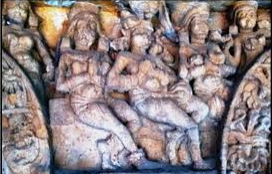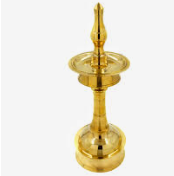MANIPURI

MANIPURI The manipuri dance form named after its region of origin,'manipur' is also known as 'jogai'. The origion of manipuri dance is mythological which is traced to the celestial dance of siva and parvati all along with 'Gandharva' in the valley of manipur. It was traditionally performed as a dance- drama on devotional songs. Manipuri is a combination of two culture, india and south-east asian. THEMES- Mostly influenced by hindu vaishnavism themes. The dance gained fame after the start of vaishnavism. Manipuri showcases the love between radha and krishna though raaslila. Manipuri also includes themes related to shaivism and shaktism and regional deities. ...



